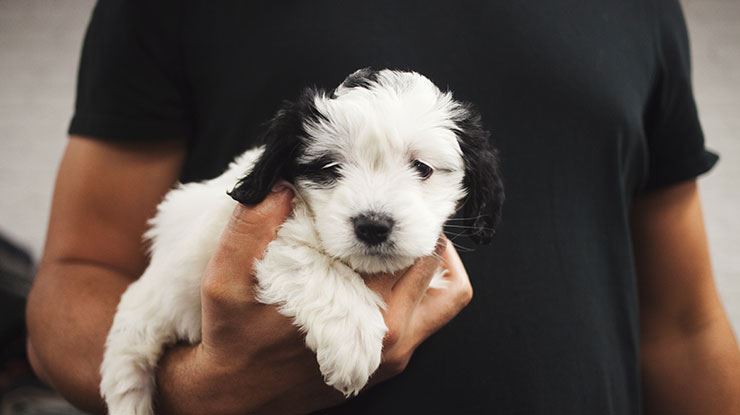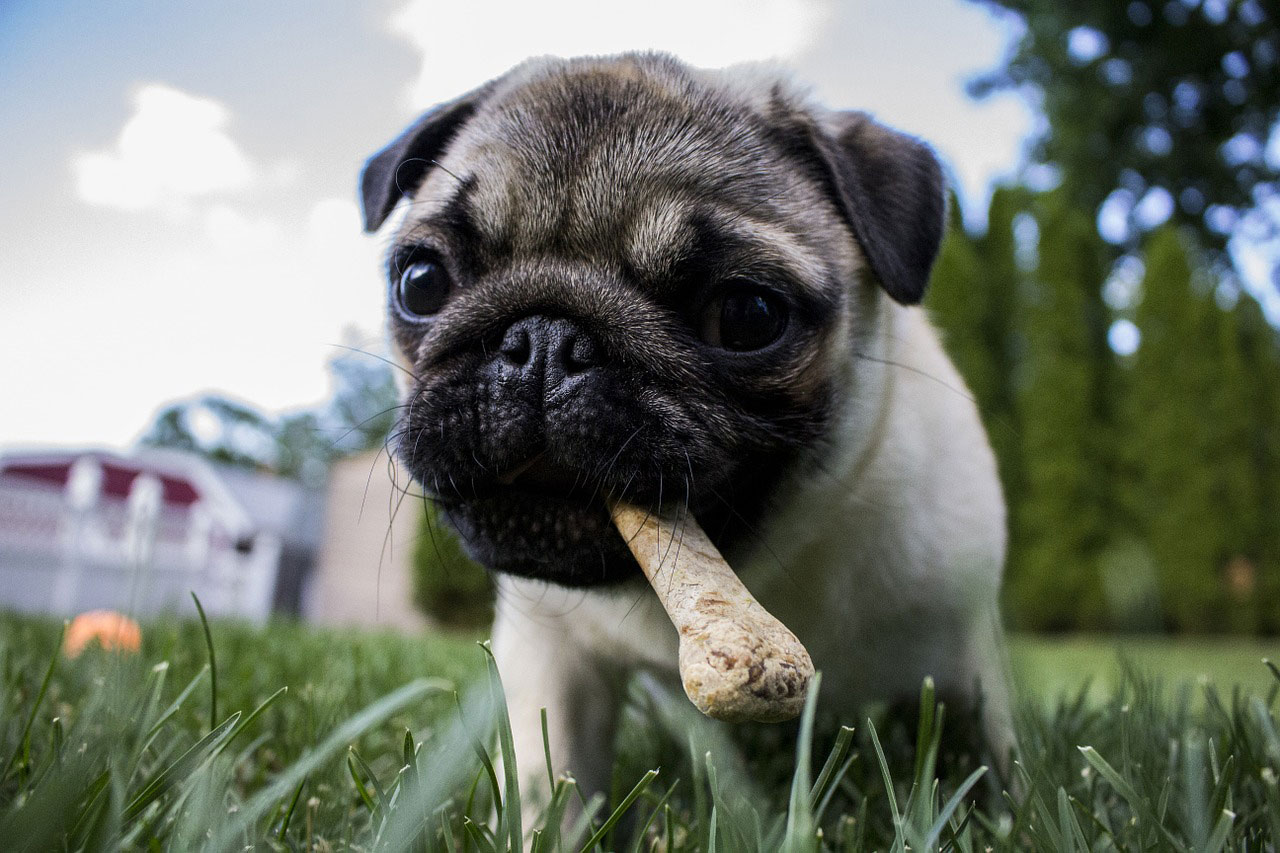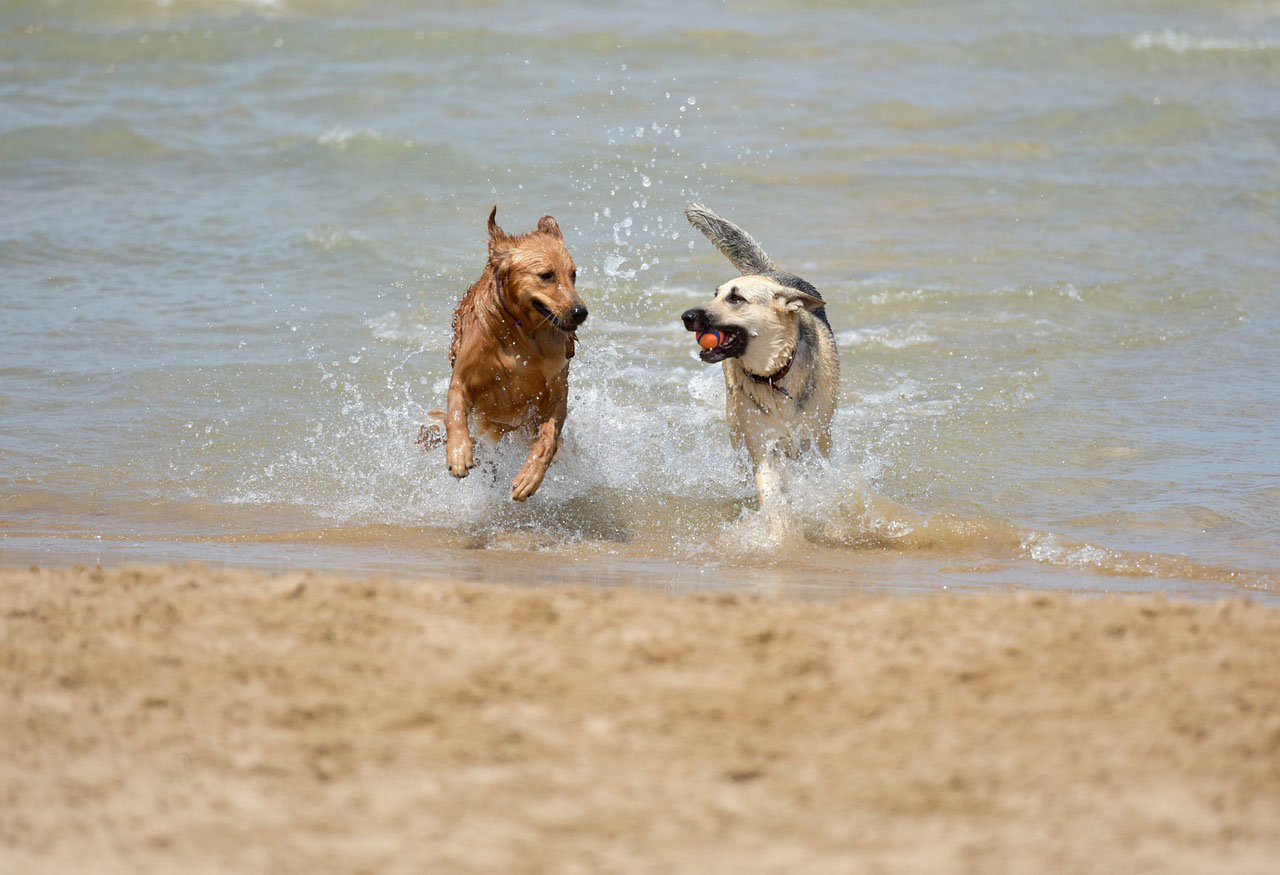
A 6-Step Guide for First-time Dog Owners
Loving dogs is great, but it's going to take more than that if you plan to bring one into your home. This guide can help you during your first few months of dog ownership.
Choosing a Veterinarian
Ideally, you should visit the vet the very first day you get your dog so he can be registered and receive his initial check-up. The vet will schedule the next visit, and, in general, you should visit every six months for preventive care. Always write down everything you want to ask because your vet is your best go-to person during the first year of ownership.
Getting Rid of Fleas
The reason a veterinarian is important is that he or she can usually diagnose any diseases the puppy might have. However, at some point in time, you may notice dark spots on the dog’s fur. Those are often blood stains from fleas that attach to the skin and start sucking the animal’s blood. This should not be a cause for major concern for dogs, since there are many products on the market that can help you get rid of those pesky fleas in under a day. But, if you own a puppy, be sure to check that the treatment is appropriate for his age before administering it.
Stocking up
In addition to a mandatory water bowl, you need to know how many food bowls the dog needs and which snacks to fill them with. Whatever type of food you consider, make sure that it is rich in minerals, proteins, fats, carbohydrates, and vitamins.
Gear up
Speaking of the necessary equipment, two bowls and a leash are a nice start, but they're not enough. You will need to buy dog food and treats for training. Your pet should also have a bed of his own and perhaps a special shampoo to make the baths easier to cope with. Finally, for security and aesthetic reasons, the dog should have a collar with a personalised pet tag and an ID chip implant to help others identify him if he wanders off one day.
Initial Housetraining
Immediately upon arrival, your dog will want to relieve himself. Take him for a walk around the outside of the house or the garden to show him the designated area for such activities. This will help him learn early on where the right places to do his business are, and you can reward him with treats and praise to encourage the behavior.
Socialising
Before your dog is ready to go outside, he needs to learn who the people inside the house are and get acquainted with their scent. After that, you need to look for a suitable location, such as a dog park, where he can socialize with his canine amigos. It is also important to let your furry friend play with other dogs, especially if you think you might get another dog in the future. This is can help a great deal with socialization.
The 6-step guide presented here aims to help you during the early phases of dog ownership. As months go by, you will bond with your furry friend and gain a better understanding of his needs and wants. In the meantime, just keep these tips in mind and remember to be patient and have fun with your new furry family member.

Emma Williams is an Australian writer with a master's degree in business administration, who has a passion for anything lifestyle and design related. She spends most of her time redecorating and participating in house projects. As a great nature lover, her biggest pleasure is spending time in a small cottage by the river.










